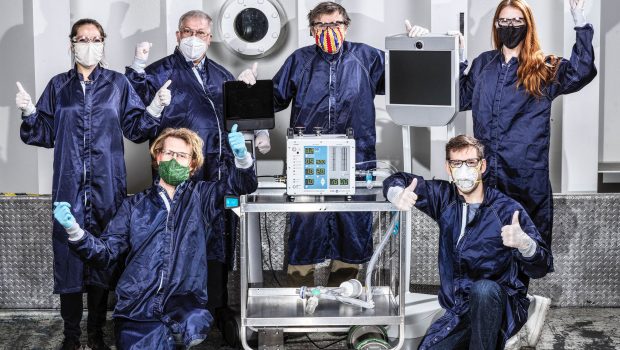NASA Spinoffs Bolster Climate Resilience, Improve Medical Care, More
https://www.ispeech.org/text.to.speech
When it comes to NASA, most people look to the skies as rockets, rovers, and astronauts push the boundaries of space exploration. But the benefits of going above and beyond can be found here on Earth through products and services born from NASA innovation.
The latest edition of NASA’s Spinoff publication features dozens of new commercialized technologies that use the agency’s technology, research, and/or expertise to benefit people around the globe. It also includes a section highlighting technologies of tomorrow.
“From the heavens to hospitals around the world, NASA spinoffs are improving life for all of humanity,” said NASA Administrator Bill Nelson. “The work NASA does in research and technology gives businesses a competitive edge, driving an economy that allows America to compete globally and creating good-paying jobs for this generation – and the next.”
NASA’s Spinoff 2023 features more than 40 companies using NASA technology, research, and funding to create better batteries to store green energy, improve airport ground traffic to save passengers and airlines time while cutting fuel costs, distribute ventilators around the world, and even heal wounds faster on humans and animals alike.
“Before it launched and gave us a new view of the universe, NASA’s James Webb Space Telescope was already improving one of the most common eye surgeries on Earth,” said Jim Reuter, associate administrator of the agency’s Space Technology Mission Directorate (STMD). “This is just one example of how the technology we develop for space exploration is improving the quality of life for people here on Earth.”
This year in Spinoff, readers will learn more about:
- How companies are using satellite data to boost human resiliency to climate change and protect homeowners against disasters such as wildfires and floods
- A new, sustainable, meat-free protein alternative born from NASA-funded research at Yellowstone National Park
- A robotic astronaut’s deep-diving successor that’s ready to work in offshore operations like oil wells, wind turbines, and fish farms
The publication also features a new cancer diagnostic tool informed by research on astronauts exposed to space radiation while aboard the International Space Station, a NASA-designed technology that helps find trapped people in the wake of disaster, and a new 3D-printing modeling program that uses “digital cloning” to cut costs and speed up development of complex industrial parts.








Gloss